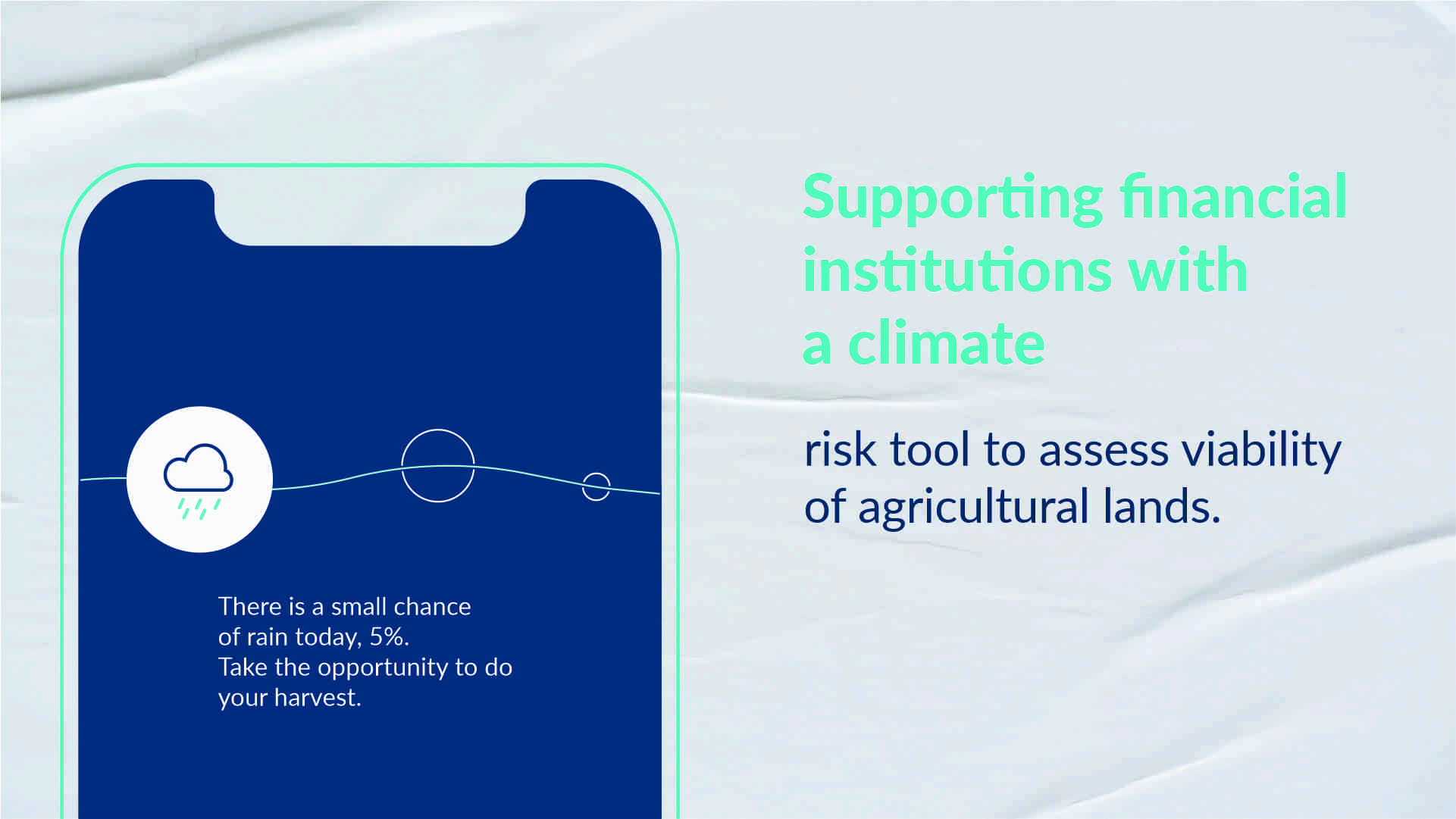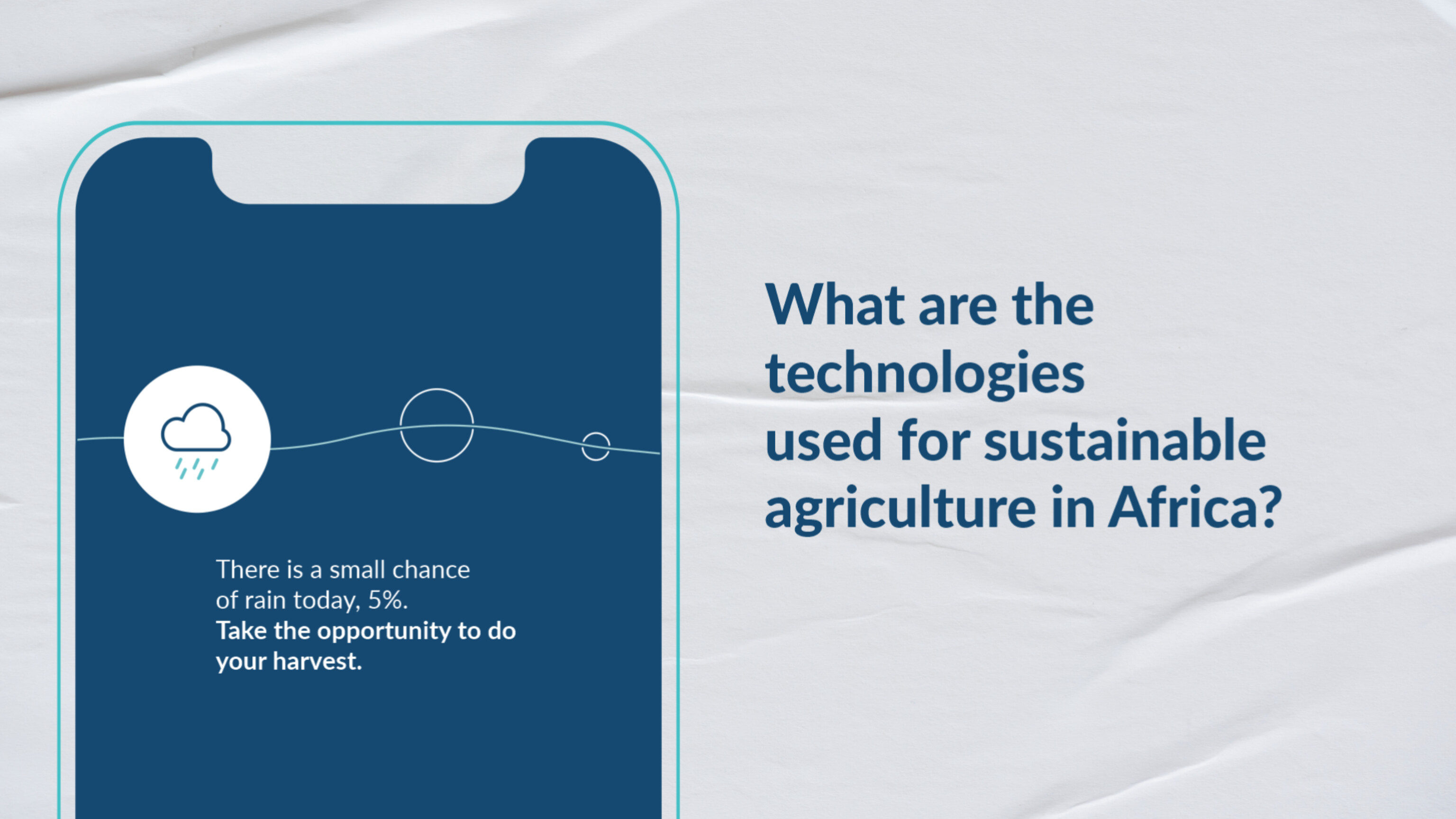Rainfall is one of the climatic elements that most interfere with soil nutrition, especially when associated with an irregular regime and high temperatures. Understanding how to improve the impacts of this element in fertilizer application is now essential for all agricultural planning, especially in the context where African producers invest more than 15 billion dollars annually in imported fertilizers (ComexStat 2021), and the scarcity of these products is threatened by the conflicts in Russia and Ukraine.
As a central aspect of good agricultural management practices, rainfall must be taken into account regardless of the region or crop of focus, as it can pose challenges for the application of fertilizers and soil nutrition when they are abundant and scarce.
Challenges of abundant and scarce rainfall in agricultural planning
When rainfall is abundant in a given region, it is common to cause losses by leaching of essential nutrients for plants, especially nitrogen.
Nitrogen fertilizers whose application is carried out in coverage, without incorporation into the soil, usually suffer losses of this nutrient through runoff as a result of the high volume of rainfall, which results in losses for the producer, in addition to increasing the levels of salts in the soil and water nearby agricultural.
Water erosion is another typical problem in many West African regions, caused by excessive rainfall. In this process, the impact of the raindrop promotes the formation of a crust that significantly reduces the infiltration of water, organic matter, seeds, pesticides and nutrients, resulting in high production costs, impoverishment of the natural resource soil, among others.
On the other hand, the lack of rain, also recurrent in many regions of West Africa, brings its challenges in relation to soil fertilization.
The lack of rain can, for example, prevent the absorption of nutrients by the roots and translocated to the leaves, in addition to the risk to public health of contamination in the water of the groundwater due to the non-absorbed fertilizers that end up in the soil.
These problems affect all soil types and regions in West Africa and are especially serious in sandy soils, where the ability to absorb and retain nutrients from fertilizer is even lower.
The role of high-precision weather forecasting in fertilizer application
High accuracy weather forecasting can be a great ally for the producer in this context, helping not only to plan the best time for fertilization, according to the cycles, as well as understanding regional trends and improving agricultural planning as a whole.
Rain forecast twice as accurate as the global models differentiates ignitia from other competitors
ignitia has a model that generates forecasts twice as accurate as the models that power most weather applications and services in the world, in addition to being able to incorporate specific intelligence and alerts for each type of culture and be made available through several solutions.
ignitia’s solutions are hyper-localized, allowing you to analyze rainfall and weather phenomena on specific properties rather than large areas, and offer personalized alerts for fertilizer application, spraying, rainfall and other relevant data for each crop.
Learn more about the ignitia climate model, designed for tropical climates, such as West Africa, or request a demonstration at the link.
References
Comex Stat, Federal Government: http://comexstat.mdic.gov.br/pt/comex-vis







